5 Kinds of Rabbit Tumors
There are several different types of tumors that can grow on a rabbit. Sometimes these tumors can be a problem but other times they are simply unsightly. It is important to know which type of tumor a rabbit does or doesn't have so a rabbit owner can take all the necessary steps to keep their rabbit safe and healthy.
What Is a Rabbit Tumor?
A tumor is a growth or mass that develops in or on a rabbit. Tumors are a collection of cells that grow abnormally and create a lump. Sometimes these lumps contain fluid, fat, cancer cells, blood, and other things, but they are not always bad. Some tumors are benign and may not spread, while others are malignant and do spread to other parts of the body.
Rabbit Lipomas
Lipomas are growths that are filled with fatty tissue. Rabbits don't typically get this type of tumor, but it's not unheard of. Lipomas can be found all over the body and, when squeezed, are usually softer or more "squishy" than other types of tumors. They are non-cancerous but can grow very quickly. The primary medical risk of lipomas is their size; they can grow so large they cause mobility issues in rabbits. If a rabbit gets a lipoma that is impeding its movement, your vet may recommend surgical removal of the tumor.
Rabbit Cysts
Cysts are pockets in the skin that are filled with cystic material (similar to a zit in humans). These can form all over the body of a rabbit and, when squeezed, are usually more firm than a lipoma. Sometimes an exotics veterinarian may be able to lance or pop the cyst and express the material inside it without sedating the rabbit, but other times more problematic cysts may need to be surgically removed.
Cysts are not typically an issue unless they rupture and become infected. When a cyst ruptures it is also painful for a rabbit, so this is not something that should be allowed to happen if at all possible. There is no medication that can be given to make a cyst go away, but antibiotics will be prescribed if there is a concern for infection.
Internal cysts, such as ovarian cysts, are not visible on a rabbit's exterior, but an exotics veterinarian may be able to either feel them during an examination or identify them on an X-ray. If a rabbit is not spayed it may be at risk for developing ovarian cysts. Just like in people, these are extremely painful if they rupture and surgery will be needed to remove them.
Rabbit Abscesses
An abscess is simply a pocket of pus. Pus is made up of bacteria and white blood cells and denotes infection in that area. Abscesses can look like a tumor or lump, but when it is popped the purulent discharge oozes out of it. A foul smell and pinkish fluid oozing from the mass are indicative of an abscess.
Abscesses can form on a rabbit from trauma or infection. They can occur anywhere on the body and should be treated immediately. A diseased or overgrown tooth, a wound, and other causes of infection can all result in abscesses. Abscesses can be very difficult to treat on a rabbit and also hard to find if they are internal. Sometimes surgical removal is the only way to get rid of a difficult abscess on a rabbit.
Rabbit Cancerous Growths
These are the most concerning type of tumors. Cancerous tumors can occur anywhere in or on the body of a rabbit, but they aren't always malignant. Sometimes a cancerous tumor is benign, which means it won't spread, so it can be surgically removed without further concern.
Cancerous growths can show up on a rabbit in multiple ways, but they often grow rapidly and, when squeezed, feel like firm lumps. Rabbits can get the same kinds of cancerous growths as dogs and cats. Tumors on bones, the skin, and internal organs are all seen in rabbits.
Rabbit Myxomas
These nodules occur in some rabbits that have certain strains of chronic myxomatosis. A vaccine for this awful disease, which is typically transmitted through insect bites, is not available the United States.
Treatment of Rabbit Tumors
If a lump is felt on a rabbit, whether or not it is oozing, firm, soft, or pendulous, it should be examined by an exotics vet as soon as possible. If the growth needs to be surgically removed and there is a chance that it is cancerous, it needs to be taken care of sooner rather than later in case it is malignant. If medications are needed, they can also be administered as soon as possible to help a rabbit with a tumor. Not all lumps are bad, but by being proactive and getting each lump checked out, a rabbit owner can hopefully lengthen their rabbit's life and keep them as comfortable as possible.
Explore Dogs

What to Feed Your Pet Fox
Pet foxes eat things that are similar to what you would feed your pet dogs and cats. Foxes are omni...
Read More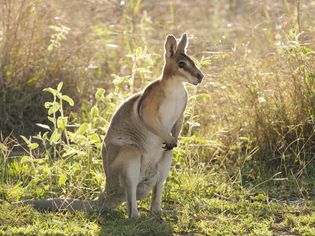
Should You Keep Wallaby as a Pet?
Wallabies may be cute and fascinating animals, but it's illegal to own them in most states, and the...
Read More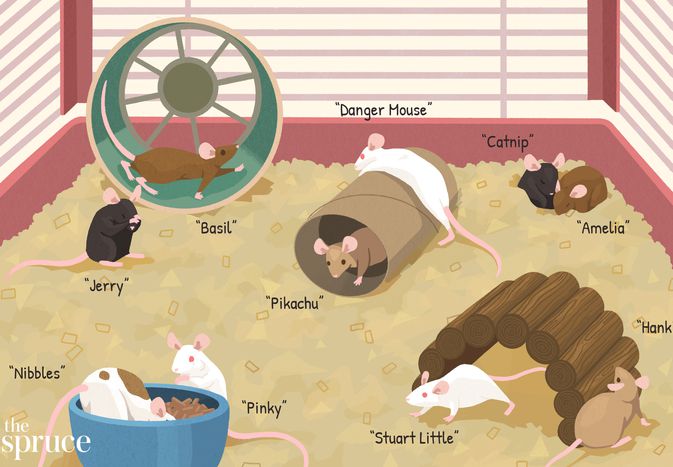
100 Pet Mouse Names
Mice are gentle, well-loved little pets that have captured the hearts and minds of people of all ag...
Read More
A Guide to Keeping and Caring for Pet Rats
Rats have a reputation for being pests or vermin, but they are intelligent and social animals, and ...
Read More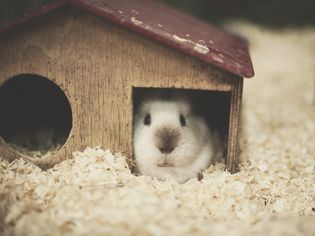
Guinea Pig Musts: Must Have and Must-Not Items
Guinea pigs, also called cavies, need certain basics to ensure their health and happiness at home. ...
Read More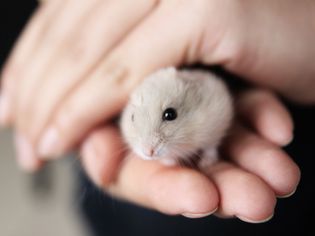
Choosing a Dwarf Hamster Cage
When choosing a cage for your dwarf hamster, you must consider the size of the cage, if it has prot...
Read More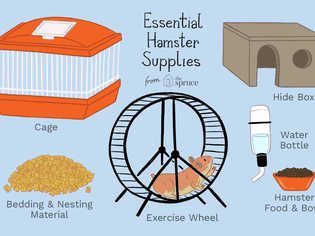
How to Care for Your Pet Hamster
Hamsters are pretty common household pets. These small rodents usually live for about two years and...
Read More
How to Care for a Pet Syrian Hamster
The Syrian hamster, also known as the golden hamster, is among the most popular choices for small p...
Read More
How Long Do Pet Rabbits Live?
Rabbits are very popular pets, and their lifespans have lengthened over the years thanks in part to...
Read More